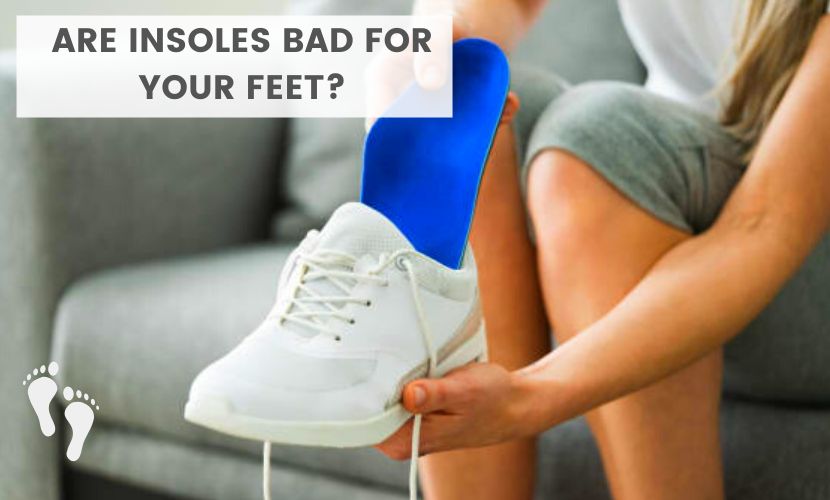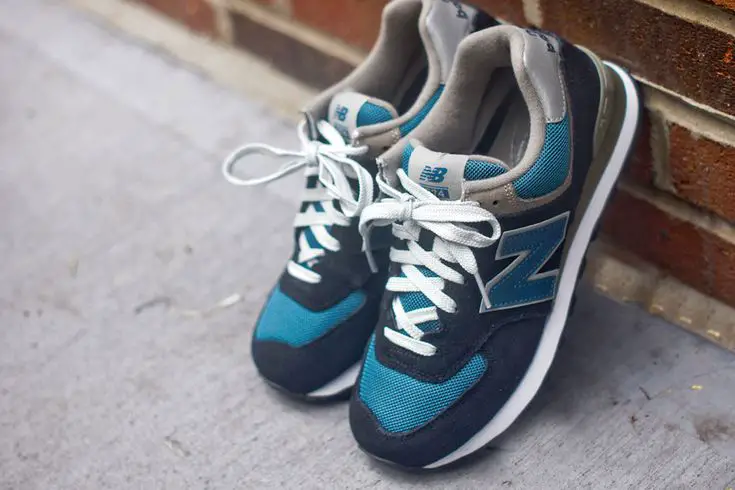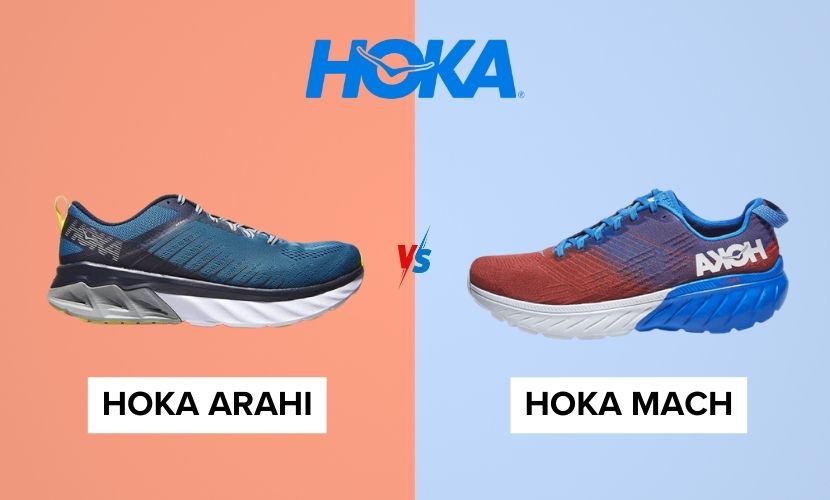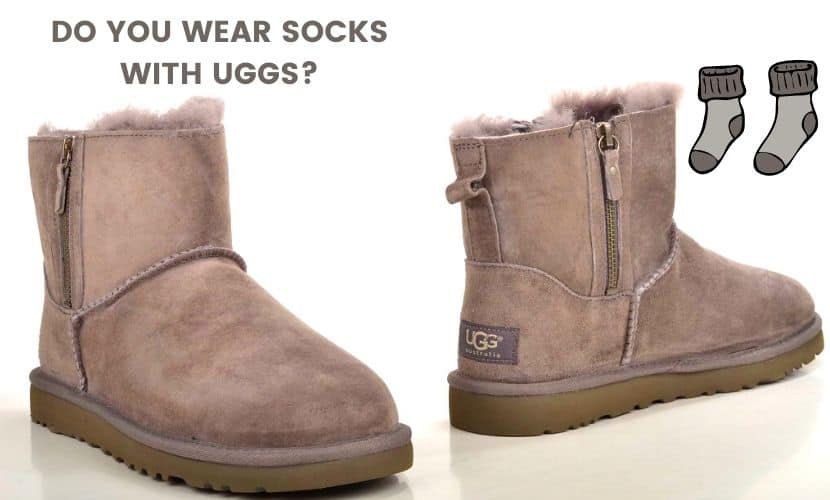Foot pain is a common problem for most people who wear shoes, preventing them from walking freely. This type of discomfort is potentially dangerous enough to put someone’s active life on hold. Muscle aches are common in people who have weak joints and muscles or who wear the wrong shoes.
In such circumstances, insoles can help relieve foot discomfort, particularly for persons who already suffer from foot pain. Insoles can be used as an aid for plantar fasciitis as well as other types of foot problems.
The vast majority of modern insoles are made of thermoplastic, a type of plastic polymer that can be heated and molded to fit the contours of the foot. The completed items have a particularly pliable consistency because the polymers used to make gel insoles are engineered to be in a semi-liquid state.
Since the insoles of your shoes are created with high-quality adhesive and thick gel pads, they will provide excellent support for your heels. As a result, you can walk without experiencing leg pain. Continue reading till the end if you want to learn more about shoe insoles in depth.

What Is An Insole?
The insole is a high-performance foot pain reliever that is both comfortable and effective. These are typically made of a non-porous medical-grade gel. As a result, they can provide adequate support and pressure alleviation for the heels and aches in your feet.
Furthermore, you will find certain soul insoles that are pretty simple to use because they do not require any cutting or measuring. These are made to fit comfortably in any type of shoe, extending the life of the shoe.
Are Insoles Bad For Your Feet?
In fact, ill-fitting insoles and shoes might have a severe impact on your overall foot health. If your insoles are properly positioned in your shoes and are soft and comfy, you won’t have to worry about them hurting your feet. Depending on the sort of insole you wear, it might either aid or hurt the lower areas of your feet. So, do insoles cause problems for your feet? It all depends on the insole you have. Insoles help ease foot pain and reduce the strain on your feet when you walk or run.
But, it’s possible that your insoles’ arches are too high or too low for your feet, too hard or too flexible, don’t match the style of your shoes, or that the placement of the arches isn’t ideal for your feet. All of these causes have the potential to cause foot pain.
Investing in quality insoles can help you improve your posture, reduce the risk of blisters and other foot problems, and even make your shoes more comfortable overall.
Read more: Can Basketball Shoes Be Used For Running?
What Are The Benefits Of The Insoles?
Insoles provide numerous advantages that make your feet feel more comfortable while working. The following are some key advantages of using insoles in shoes.
Breathable and Comfortable
The breathable and soft construction of insoles is a significant benefit. These shoe inserts keep your feet from becoming caught in small or limited shoe spaces. As a result, air will be able to circulate freely throughout the shoes. Furthermore, insoles lack a heel section that prevents blisters and irritations. Wearing shoes with good insoles will prevent you from feeling uncomfortable even after a lengthy ride.
Support of High Quality
Insoles provide appropriate support as well as discomfort and irritation protection. It acts as a pain reliever while also providing adequate support for folks with high arches.
Insoles are also beneficial for those with plantar fasciitis, heel pain, pronation control, and Morton’s neuroma. You may also guarantee that your body, ankle, and lower back receive adequate support by using high-quality insoles in your shoes.
Shock Absorption
One of the many benefits of insoles is that they absorb shock. Insoles are designed to provide maximum arch support. They provide additional support and shock absorption to your mid-legs. As a result, excellent insoles can efficiently absorb shocks in your heels and forefoot.
Long Life Expectancy
Insoles are a good solution for those who have problems with shoes with poor construction and durability issues. A decent pair of insoles will meet the reliability and durability criteria.
Since the insoles are composed of unique biological gel, they are extremely durable. Insoles will not receive as much pressure and force from your heels as a result, which helps to boost overall durability. Furthermore, instead of being ruined after a few weeks of use, the insoles can be used for several years.
Easy to Use
Insoles are made in a special way to fit snugly inside your shoes. This flexible and tight insole design will safeguard your feet from pain and tension. Furthermore, shoe inserters are lightweight and easily adhere to any shoe brand or model. You don’t have to follow any complicated instructions to use insoles because they allow you to wear them on any shoe.
Read more on: Why Are Birkenstocks So Expensive? Are Birkenstocks Worth It?
Are Insoles Really Worth It?
When the benefits are considered, wearing shoes with insoles is well worth it. Furthermore, if you have foot pain when wearing conventional shoes, insoles can be a fantastic pain reliever for you.
A nice pair of insoles will assist you to improve the comfort of your shoes. It will protect your feet from blisters and inflammation. Furthermore, wearing shoes with insoles lowers muscular fatigue and alleviates back knee and hip pain. So, without a doubt, we believe that wearing shoes with insoles is worthwhile.
Do Insoles Help With Big Shoes?
Insoles are available in three sizes for men and women: small, medium, and large. So, if your shoes are big, you can use large-sized insoles. Large-sized insoles provide the same benefits as regular shoe-size insoles. However, it is best to select insoles based on your shoe size. This allows you to determine which insole will best fit your shoes.
Men’s and women’s shoes also vary in terms of size and insole size. A medium women’s insole size, for example, is 8–11, whereas a men’s is 7–10.5. Furthermore, the large insole size for women is 12+, while the large insole size for men is 11+. As a result, you must select the appropriate insole.
How Do Insoles Really Work?
Any shoe that is properly worn will provide optimal support and balance. Whether you’re wearing boots or shoes, insoles can help you feel more comfortable. The advantages of wearing insoles can be reaped by people of various ages.
As medical-grade rubber is utilized to manufacture insoles, your arch will be supported to the fullest extent possible. They can even help persons with flat feet and a lot of pain maintain their balance and alignment. Furthermore, since insoles are lightweight, they ease the strain on the front of your feet.
Who Should Use Insoles?
Insoles are essential for people who suffer from leg, foot, knee, or back pain. We’ve listed some of the benefits of wearing insoles below.
- People who enjoy wearing high heels shoes that inflict discomfort.
- Joggers, runners, walkers, and athletes who participate in high-impact sports.
- Anyone who has high arches or flat feet.
- Anyone who suffers from plantar fasciitis, arthritis, over-pronation, neuroma, metatarsalgia, bunions, or hammer toes.
- People suffering from back, leg, ankle, or neck pain.
How Do You Use Insoles?
Putting insoles in your shoes is a straightforward task. You will only need to follow a few basic steps. For your convenience, we have provided a comprehensive protocol for inserting insoles into shoes below.
- Take the insole edge and put it inside your shoes.
- Align the insole such that the right side of the insole touches the right side of the shoes.
- The heel edge mark on the insole should be placed prior to your heel.
- Ensure the left side of the insole can flop on your shoes’ left side.
- The positioning of insoles will provide optimal support for your feet.
Read more on: How to Make Shoes More Comfortable?
Tips To Remember When Considering Insoles
Following the discussion above, if you believe you will require a nice pair of insoles, you must consider certain critical elements. Here are some pointers to keep in mind when shopping for insoles for your shoes.
- Check Your Shoes: Excessive wear and tear, as well as a slanted heel and heel counter, might make your shoes uncomfortable to wear. So, before considering insoles, you should get a new pair of shoes.
- Comfort: Despite the fact that stiff insoles are more functional, they might be painful to wear. In such circumstances, soft, semi-rigid insoles are recommended.
- Remove Shoe’s Build-In Inserter: Before you put your new insole in, you should take out the old one. Placing one insole on top of the other can make shoes uncomfortable and painful to wear.
Conclusion: Are Insoles Bad For Your Insoles?
No, wearing insoles won’t harm your feet. It provides a layer of padding, serves as a pain reliever, and absorbs shocks. The simplest way to reap the benefits of costly orthotic procedures is to wear shoes with insoles. It has a great biological design that will help you deal with foot pain and other issues. However, some people have inquired as to whether insoles can be worn with large shoes.
Insoles are typically available in three different sizes on the market. You may simply wear shoes with insoles if you follow the methods outlined above. You only need to choose one based on your shoe size.
Latest articles:




